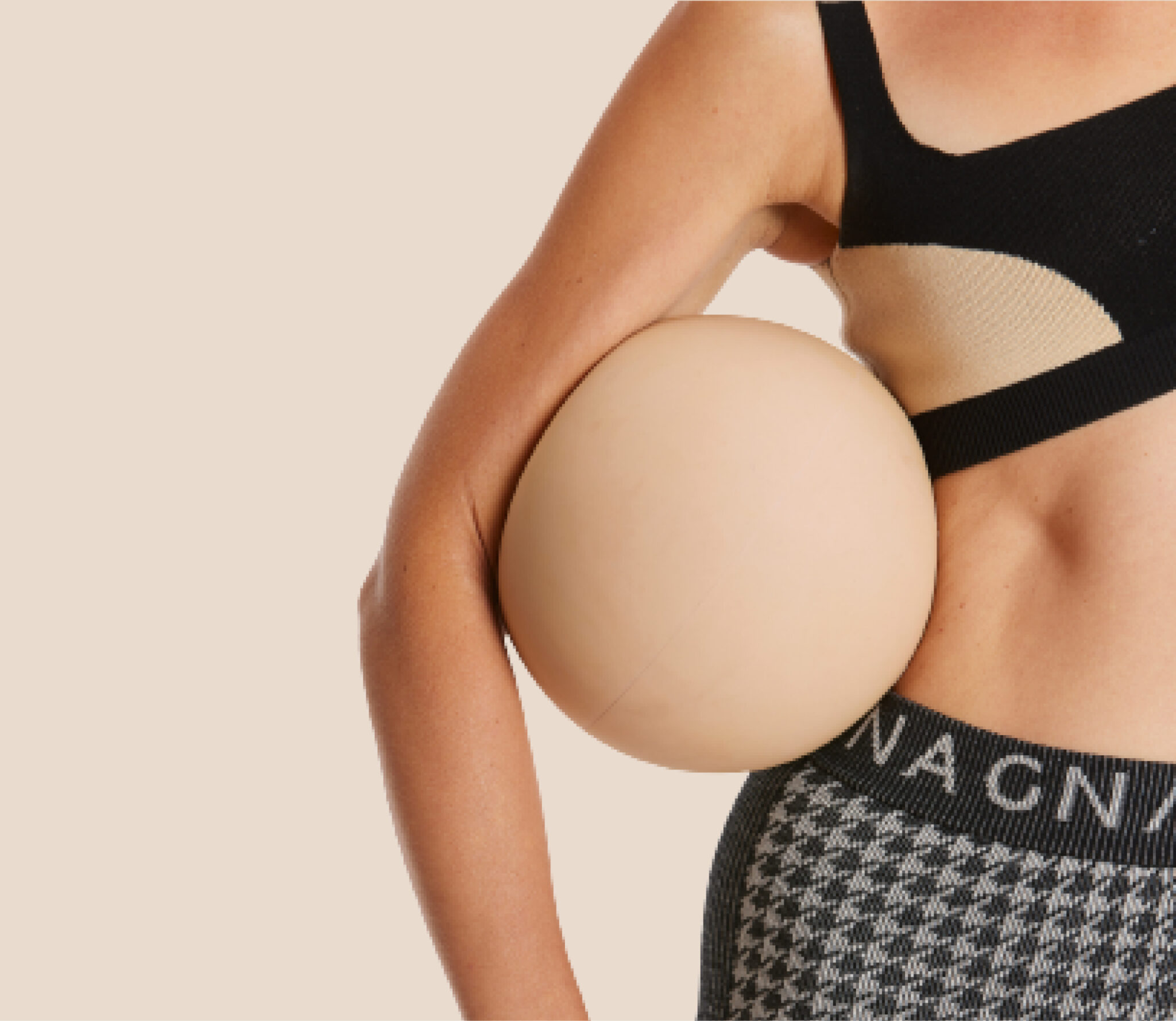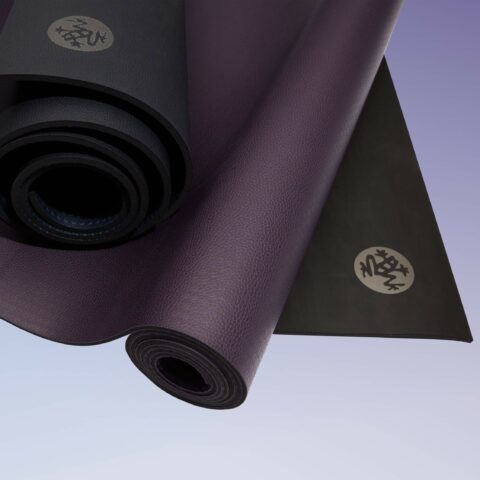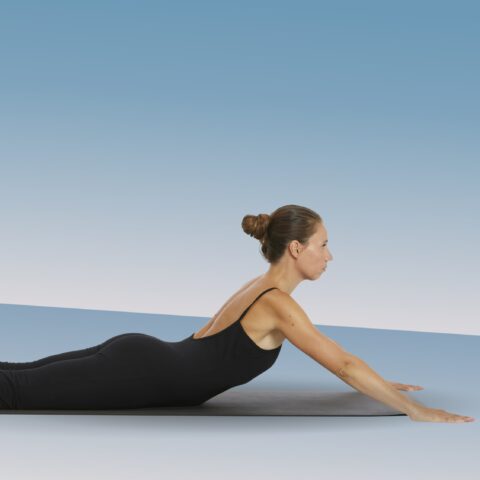In this article, we’ll explore the best home Pilates equipment that will help you create an effective home studio space. Whether you’re a beginner or an experienced practitioner, investing in the right equipment can elevate your Pilates practice to new heights.
Table of contents
Creating an at-home Pilates practice
Before we dive into the world of Pilates equipment, it’s important to understand that there are different forms of Pilates classes all developed by the founder of the Pilates Method, Joseph Pilates. While all forms incorporate controlled movements that help to improve core strength, posture, and alignment, each class type might require different materials to get started.
Mat Pilates: Many people choose to start with Mat Pilates because minimal equipment is required to perform the movements. Essentially, you only need a Pilates mat and space to move. This minimal, no stress approach makes this class type easy and inexpensive to practice from home. Small equipment pieces can always be added later as your practice grows.
Equipment Pilates: Your other option is to practice Equipment Pilates. These class types require a device to practice such as Pilates Reformers or Wunda Chairs to name a few. Because a Pilates machine is a much more significant financial investment for a home practice, many practice these classes in a studio setting.
Regardless of your favorite class type, One of the key advantages of building a home practice is the ability to create an inspirational and personalized practice environment. Unlike a crowded gym or Pilates classes, you can design your space to reflect your own style and preferences. In addition to investing in high-quality Pilates equipment, consider adding elements, such as scented candles or soft lighting, to create a balanced ambiance.
If you’re new to Pilates, we recommend you start with a few beginner-friendly online Pilates classes that require only body weight for your strength movements so you can familiarize yourself with the exercises and learn proper technique. Once you feel comfortable, you can begin building your home gym by investing in Pilates pieces that add extra challenge or support to your Pilates workouts.
Tips for choosing the best Pilates equipment
Whether you’re looking to take your home practice to the next level or create a fitness space that makes you excited to dive into your workout, investing in the right equipment is the perfect place to start.
- Fitness goals: Think about your fitness goals and the type of Pilates you’re interested in to help determine what pieces will be essential to your practice. Do you need support with your posture or balance? Are you hoping to build strength? Are you interested in Reformer or other Pilates classes that require a machine?
- Space: If you’re working with limited space, there are compact options that can still provide an effective workout. However, you might want to focus on building a mat practice instead of trying to fit a Pilates Reformer into a small space. Alternatively, if space is not a concern, you may opt for larger, more versatile pieces.
- Quality: This doesn’t mean your Pilates equipment needs to break the bank, but investing in high-quality pieces ensures longevity and safety, which can save you money in the long run. Brands now more than ever are developing workout accessories that are high-quality, easy to use, and aesthetic. Take Bala for example with their quality, modern pieces.
To find the best Pilates equipment for your home, we recommend purchasing from reputable brands and taking the time to read reviews to ensure you’re getting the most out of your investment.
The 10 best home Pilates equipment pieces
- Pilates Mat: This serves as the foundation for your Pilates practice. It not only offers a cushioned and supportive surface for your exercises, it’s easy to store and light to transport, which means you can take your practice anywhere.
- Hand Weights: These add extra resistance to your exercise regimen, enhancing muscle strength and workout intensity.
- Wrist and Ankle Weights: Offering a unique way to develop muscle tone, these weights add resistance to your workout without needing to hold them.
- Pilates Blocks: Similar to yoga blocks, these blocks provide and challenge stability and assist in maintaining proper alignment and depth in positions, making them essential for both beginners and advanced practitioners.
- Pilates Ring: This small, portable ring adds resistance to many Pilates exercises, targeting specific muscle groups and enhancing overall strength and flexibility.
- Pilates Ball: Ideal for balance and core training, this ball adds an extra challenge, especially to certain exercises centered around building core strength.
- Resistance Band: Versatile and affordable, resistance bands deliver a variety of resistance options for different fitness levels to challenge your muscles and improve strength.
- Foam Roller: Foam rollers are a great option for alleviating pain from sore muscles, stretching, and incorporating into creative Pilates movements.
- Pilates Reformer: A Pilates Reformer is a machine that provides resistance through springs and pulleys, allowing for a wide range of exercises. The different components of the Reformer machine either challenge or guide each Pilates exercise, making it a great option for developing body awareness, strength, and stretching the body.
- Wunda Chair: A compact and versatile Pilates apparatus resembling a small bench with a spring-loaded pedal that focuses on strengthening the abs, legs, and glutes.
Benefits of practicing online Pilates at home and investing in Pilates equipment
Aside from the convenience of practicing whenever you want, investing in your home practice allows you to customize your workouts to suit your needs. Whether you prefer a more intense session or a gentle routine, a Reformer practice or a Mat practice, having the right equipment can help you achieve your fitness goals more effectively.
1. Privacy and comfort
Practicing Pilates in the comfort of your own home provides a level of privacy you may not get in crowded fitness classes. You can focus on your workout without any distractions or self-consciousness. Plus, you can create a serene and inviting space that promotes relaxation and concentration.
2. Convenience
You can fit your workouts into your schedule without having to commute or invest in pricy Pilates studios. While practicing alongside your favorite Pilates platform, you can now choose to practice whenever you want, making it easier to maintain a consistent practice.
3. Personalized progression
Investing in your home practice allows you to customize your workouts to suit your needs, so you have the freedom to progress at your own pace. You can gradually increase the intensity of your workouts as you become stronger and more flexible, without feeling pressured to keep up with a class. This personalized approach ensures you are constantly challenging yourself and achieving optimal results.
4. Versatility
Being able to choose from a wide range of home equipment, whether it’s weights, Pilates balls, or even a Pilates Reformer machine will help diversify your workouts. This variety prevents boredom and keeps your body engaged, helping you avoid plateaus and continue making progress.
5. Family and friends
Having your own Pilates equipment allows you to share the benefits of Pilates with your loved ones. You can invite friends or family members to join you for fun and challenging Pilates workouts. Not only does this foster a sense of community, but it also adds an element of enjoyment to your fitness routine.
Investing in equipment goes beyond the convenience and cost-saving aspects. It provides you with a personalized, versatile, and enjoyable fitness experience that can transform your overall well-being.
How equipment affects Pilates exercises
When it comes to Pilates, the right equipment can make a world of difference in your fitness experience. Each piece offers unique benefits, allowing you to challenge or support your body in different ways.
Resistance and Intensity: Introduce a new level of resistance to exercises, increasing their intensity and effectiveness. This can lead to more rapid improvements in strength and endurance.
Support: Find support and stability with balance and coordination, performing more complex movements, or focusing on form. This can reduce the risk of injury or pain and make Pilates more accessible at different fitness levels.
Targeted Workouts: Enhance the engagement of specific muscle groups. This leads to more targeted workouts, allowing for focused improvement on specific areas of the body.
Variety: Add variety to workouts, keeping them interesting and challenging. This can help maintain motivation and engagement over time.
Customization: This makes Pilates adaptable to individual fitness levels and goals, providing a more personalized workout experience.
Technique and Form: Improve technique and form by providing feedback and promoting proper alignment. This can lead to more effective workouts and a reduced risk of injury.
Pilates equipment for small spaces: What are the best options?
If you’re limited on space but still want to enjoy the benefits of a home practice, there are a number of tips that can allow you to optimize your space so that your equipment is easily accessible and visually appealing.
The first way to do this is by investing in attractive equipment that can also be easily stored on racks or shelves to keep everything tidy without consuming floor space. Considering the often larger pieces, investing in a compact Pilates Reformer or foldable Pilates equipment can also be a great solution.
Remember, the key is to work with what you have and get creative. With a little planning and organization, you can transform even the smallest corner of your home into a dedicated Pilates space.
Setting up your home studio
Now that you’ve chosen the equipment that suits your needs and space, it’s time to set up your practice area. Find a space in your home that is well-ventilated, has good natural light, and is free from distractions.
If you have available wall space, you might consider adding mirrors that are in view of your practice area or Pilates Reformer to enhance your form and technique as you practice.
Lastly, create a relaxing and inviting ambiance by incorporating plants, calming colors, and some soft music. Transforming your home into a tranquil Pilates sanctuary will make your workouts even more enjoyable and fulfilling.
Related questions
What is a Pilates Reformer?
Pilates Reformers are specialized machines used for Pilates workouts. It’s essentially a bed-like frame with a flat platform, known as the carriage, which rolls back and forth on wheels within the frame. The carriage is attached to one end of the Reformer by a set of springs that provide varying levels of resistance, allowing each exercise to be customized to the individual’s fitness level. Pilates Reformers enable a wide range of positions, enhancing the versatility and effectiveness of Pilates workouts.
If you’re interested in starting a Reformer practice or want to learn more details about Reformer Pilates, explore our most recent blog post, exploring the difference between Mat Pilates vs Reformer Pilates.
If you’re keen on experiencing in-studio Reformer Pilates classes in Helsinki, we encourage you to view our class schedule and get started with our introductory offer.
Can you practice Reformer Pilates movements at home without a Reformer?
Thanks to the creativity of Pilates instructors on YouTube and other social media platforms, they’ve proven that with a few household items, you can mimic many Reformer Pilates movements at home.
Items like slides, foam rollers, and even towels can be used to simulate the resistance and movement of a Reformer machine, giving you all the benefits without the machine.
Can I use the same equipment for Pilates and Yoga?
While both fitness types use a mat and supportive blocks, that is where the similarities end. Yoga equipment focuses primarily on supporting the body in yoga poses, while many Pilates equipment pieces add an element of resistance or challenge. Consider the pieces such as the Magic circle, resistance bands, or the Pilates ball that we described earlier.
Can anyone practice Pilates?
The beauty of Pilates is that it’s an adaptable form of exercise that can be easily modified to meet anyone’s individual needs. Because of its versatility and benefits, both mat and Reformer Pilates are often suggested for those in rehabilitation or as a safe form of exercise for those who are pregnant. Of course, for those with specific health concerns, such as pregnant individuals, it’s advisable to consult a healthcare professional before starting any new exercise regimen, including Pilates.







